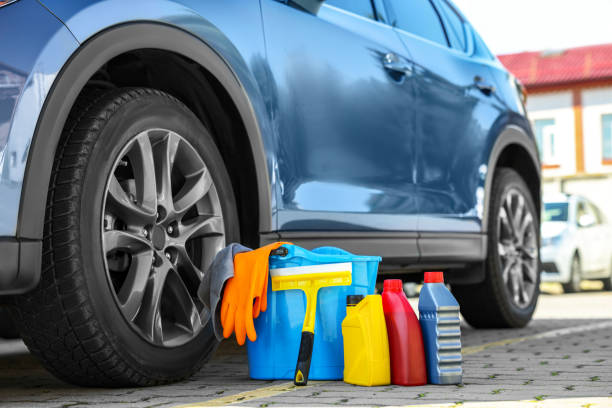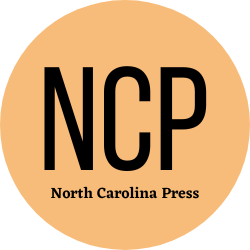The Importance of a Good Exterior Wash
by siteadmin

A clean, well-protected vehicle is the best way to keep it looking brand new. A detail is much more than a wash and wax, and should be done 4-6x a year to protect and prolong the life of your car’s finish.
Both soft washing and pressure washing are highly effective cleaning systems that remove dirt, dust, grime, mold, and biological elements from your home’s exterior surfaces. But each has its own pros and cons.
Preparation
The most important part of any exterior paint job is the preparation process. If you start with a dirty surface, even the best paint will not last long. In addition, a good cleaning of surfaces helps to remove mold, mildew and other unsightly elements that may be present on the outside of your home.
The first step of preparing for an Exterior Wash is to sweep away any debris that could get blown around or become projectiles during the washing process. Then, cover outdoor items such as plants, toys, furniture and appliances with a heavy plastic tarp to protect them from water spray. Shut off electricity to outlets in areas that will be washed, and close windows and doors.
Next, use a pressure washer to clean the exterior of your home. Using the right amount of pressure and method for your specific surface is critical to avoid damage. Finally, caulking is a must to prevent water leaks in the future. Caulk should be applied to any cracks or crevices in your home’s exterior and where boards butt up against one another.
Once the painted surface is clean, it is a good idea to apply a coat of protection to keep your vehicle’s paint looking fresh. There are many products to choose from, ranging from traditional paste waxes to modern ceramic sealants.
Power Washing
Power washing uses a machine to spray water at very high pressures (anywhere from 1300-3100 PSI). The pressure is controlled and can be adjusted based on the surface being washed. This type of cleaning is effective on concrete, roofs and even wooden decks. However, it can be dangerous when used on fragile materials or for extended periods of time. If a surface is particularly dirty, it may be a good idea to use chemical cleaners to help break up the dirt before power washing. This will prevent the cleaner from being pushed deeper into the surface and can avoid damage to the paint or wood.
A power wash is effective for removing mildew, mold, grime, and other stubborn stains from outdoor surfaces. It is also helpful for preventing decay on wood and concrete surfaces as it removes the organic material that can speed up the process. It can also be a great way to kill weeds and moss, as the hot blast of water can kill them instantly.
Power washing can also boost home value, as it makes the exterior of the house look newer and more appealing. It can also prevent allergies by removing mold spores, pollen, and dust mites from the outside of your house. This can help keep your family healthy and happy all year round.
Soft Washing
Unlike power washing which blasts hot water at surfaces, soft washing uses less pressure and a mixture of safe chemicals to clean. This includes bleach, surfactants and residual inhibitors that can remove organic growth (like mildew or moss) without damaging building materials. The solution is sprayed on the surface and then allowed to dwell for the amount of time needed to break down and wash away the build up. If your a DYI you can buy the components to make this your own, however we recommend hiring a professional cleaning service for safety reasons. Using bleach and other chemicals requires special precautions to keep it from getting on your skin or in your eyes, as well as proper pre-soaking of landscaping and grass around the house.
Soft washing also eliminates the need for ladders or scaffolding to access hard to reach areas like roofs and gutters. As an added bonus, soft washing can help to prevent the damage that can be done by pressure washing delicate surfaces such as shingles and glass windows.
This method is great for removing mold, mildew, fungus, algae, lichens, bacteria and more from building roofs and exterior surfaces. It removes the stains and kills the organisms that cause them, which means surfaces stay cleaner longer. Regular soft washing of the exterior of your home can help to maintain curb appeal and boost property values.
Post-Wash Care
The computer controlled equipment used in Exterior car wash tunnels has eliminated the need for a human attendant to touch up cars before they leave the wash bay. This has pushed the equipment to perform better, cleaner, safer, faster and at lower cost to support the low price points that customers have come to expect.
For best results, use a microfiber cloth to wipe down the paint surface after washing. This prevents water spots from forming. Be sure to wipe all of the exterior plastic trim on your vehicle, especially in areas that are exposed to sunlight, as these areas will dry out quickly and can show streaks of dirt or bird droppings if not wiped down properly.
A steam cleaner can also be a great tool to use after a car wash to remove any lingering dirt or grime. The heat and steam can break down grease or oil that may have accumulated on the body panel.
A detail is a much more thorough process than the average car wash. Generally, a detail should be done 4-6x a year to protect and preserve the car. A detail includes a hand wash (so much better for the paint), thorough tire/wheel cleaning, and vacuuming of the interior/exterior windows. This helps to ensure that a clean and shiny car will stay that way longer.
A clean, well-protected vehicle is the best way to keep it looking brand new. A detail is much more than a wash and wax, and should be done 4-6x a year to protect and prolong the life of your car’s finish. Both soft washing and pressure washing are highly effective cleaning systems that remove dirt,…
Recent Posts
- Ben’s Pest Control: Your Trusted Exterminator for Superior Pest Control in Stuart, FL
- Custom Blinds and Shades KY Revolutionizes Window Treatments in Louisville
- Richmond Gutter Company Sets the Standard for Gutter Services in Richmond, VA
- Transform Your Yard with Greensboro Landscaping’s Expert Lawn Care
- Leading the Charge in Commercial and Residential Pest Control in Ocala, FL
